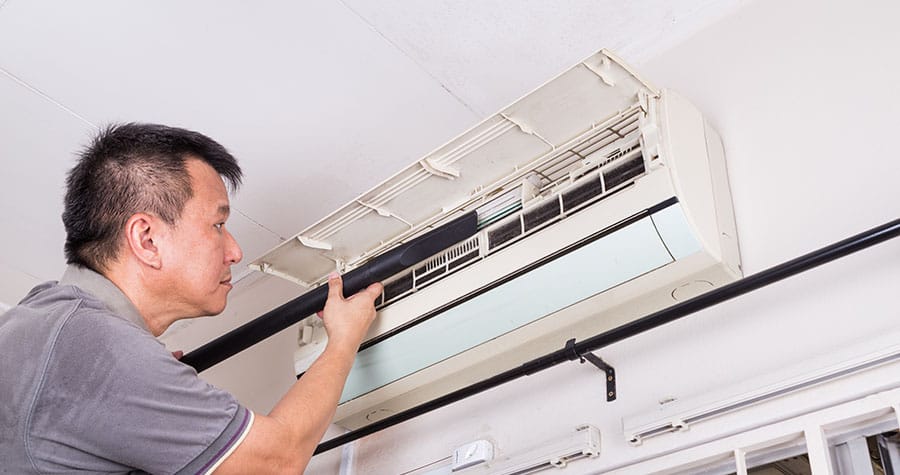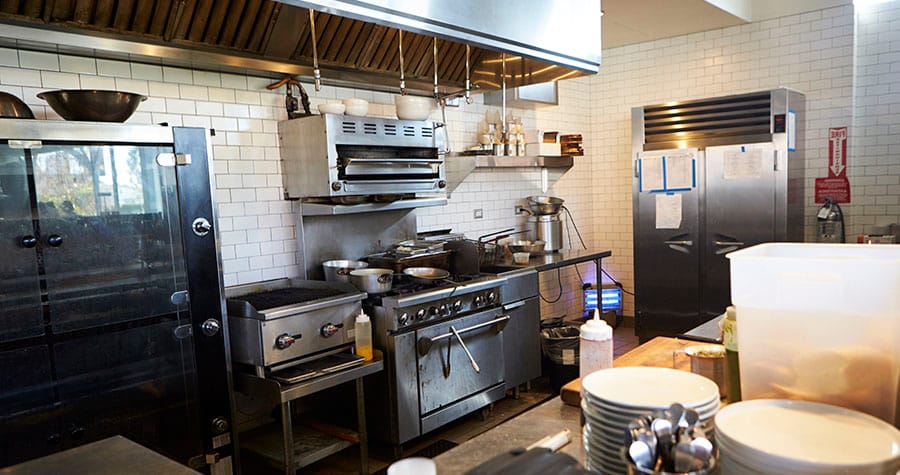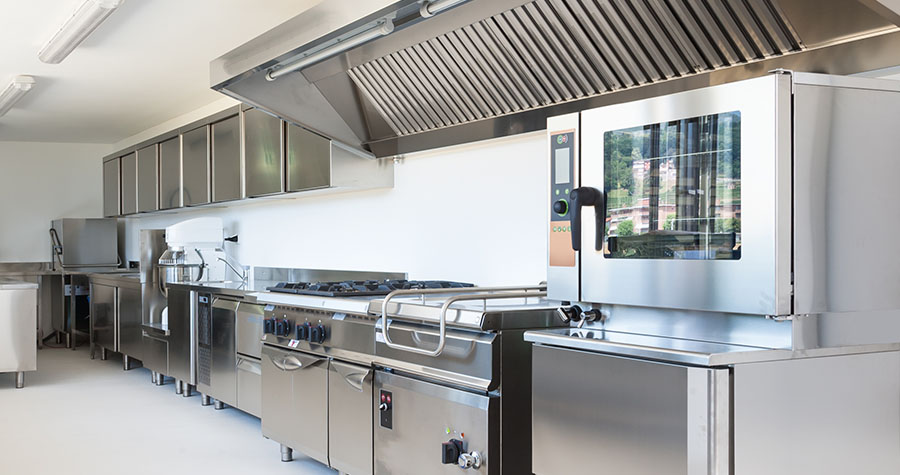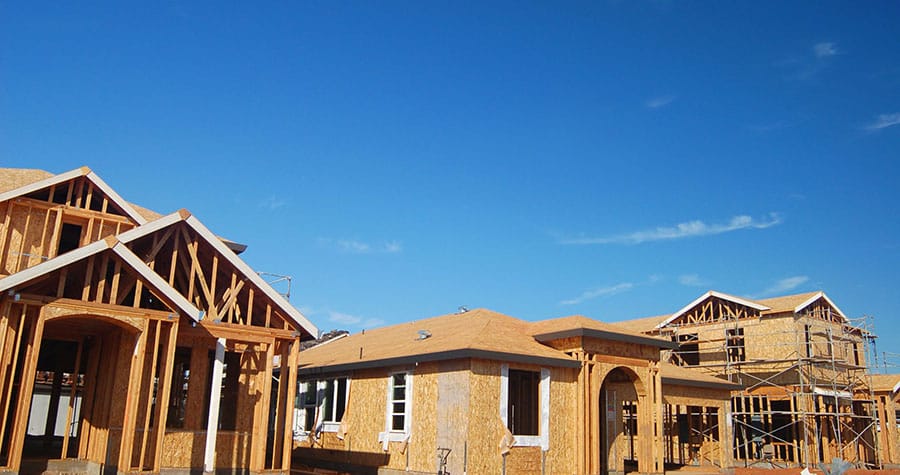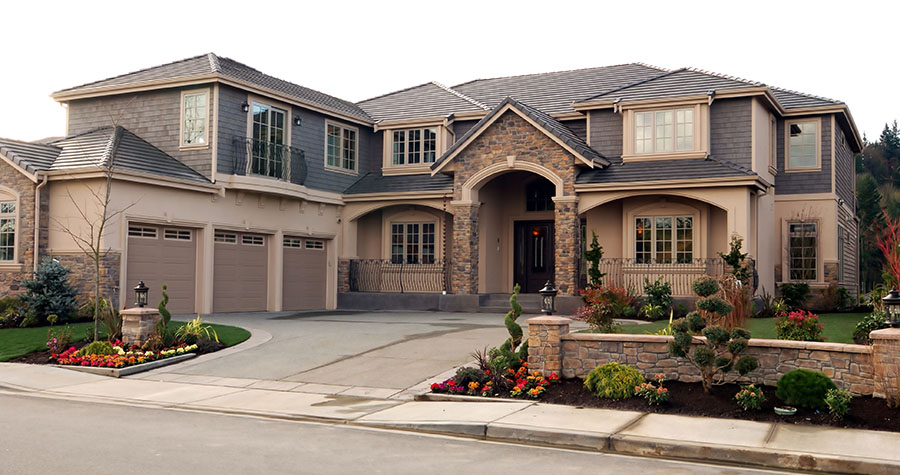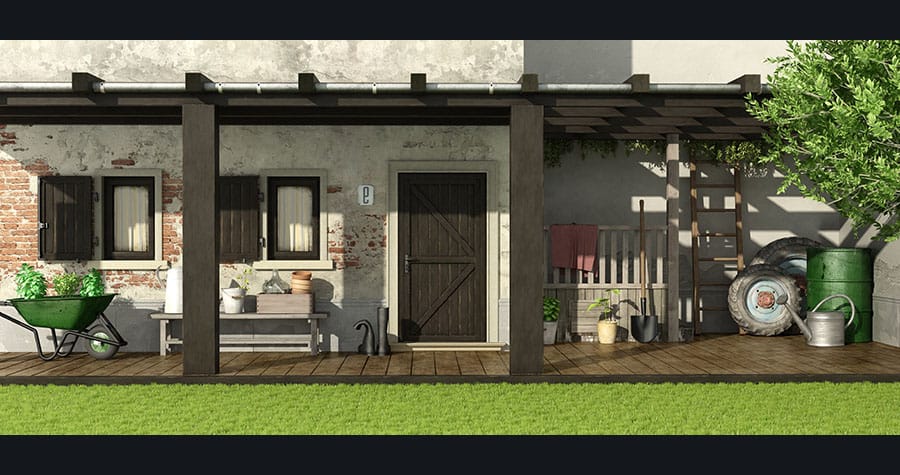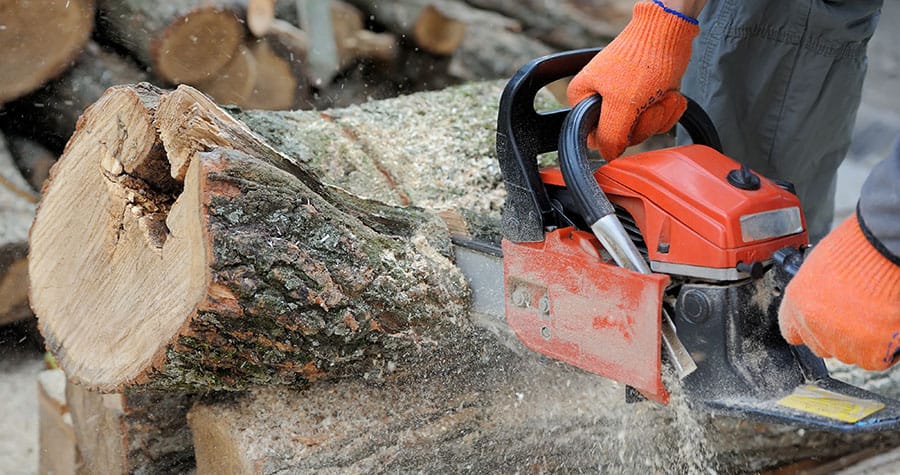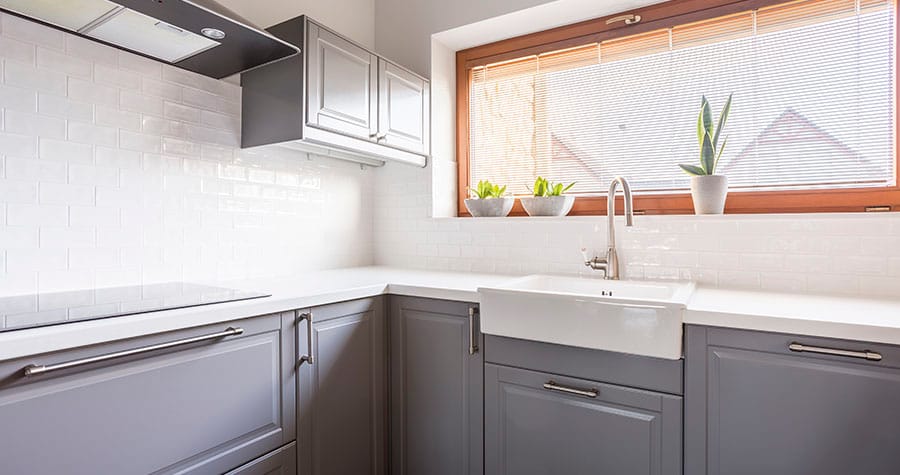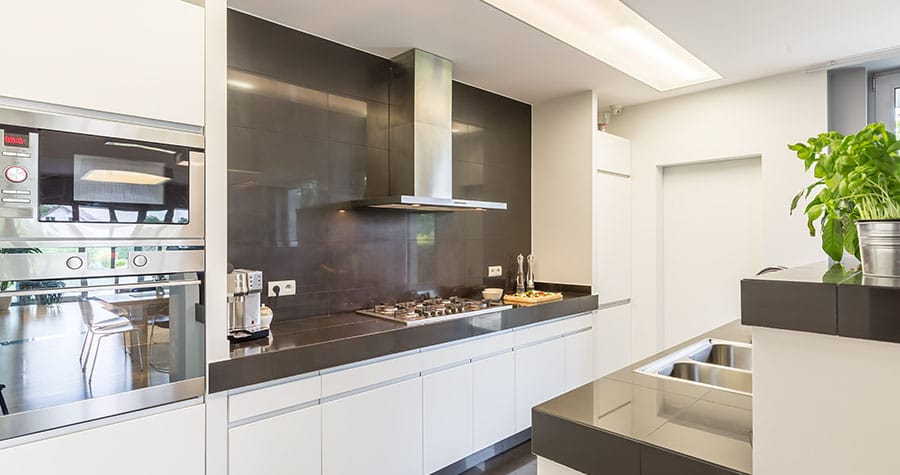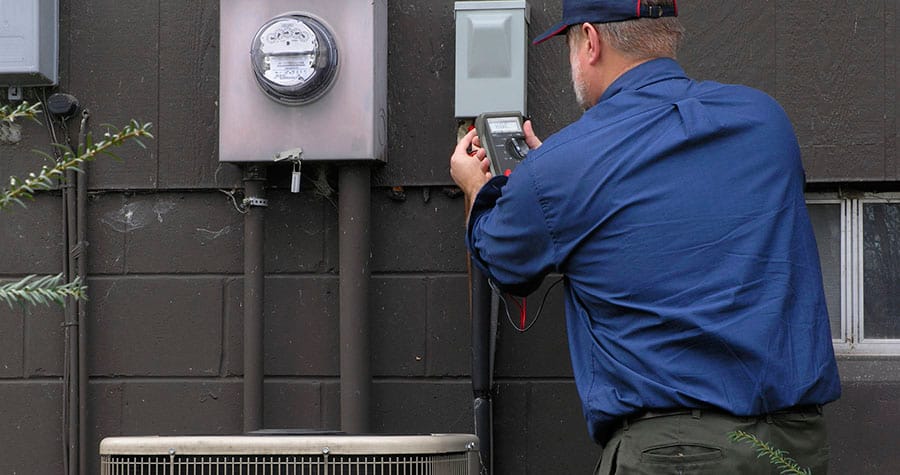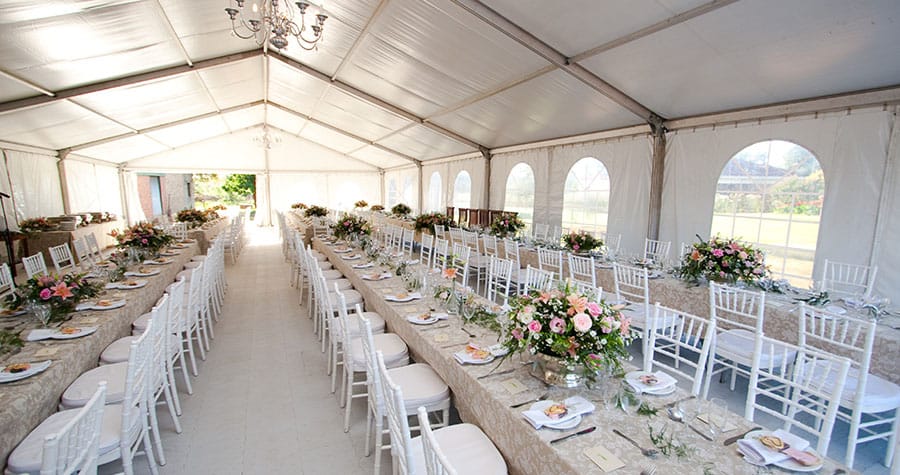There are only two occasions when homeowners begin to consider getting their heating system inspected. It happens throughout the winter season, and it also happens when they need a heat pump repair. Many homeowners eventually replace the older equipment that has been in place since they first moved in.
Green home heating technology is getting a lot of traction these days, particularly among climate change deniers. However, if householders purchase such equipment without doing thorough study on the newest technologies, they may suffer as a result.
The reality is that new-age technologies do not always have to be expensive. However, if you wind up with something that your home is not designed for, your electricity bills may skyrocket. You may wind up spending a lot of money in the long term.
Winter heating solutions that are both sustainable and environmentally friendly
We have compiled a list of the best choices for sustainable and green winter heating in this post.
The most advanced steam heating technology
Steam heating is one of the oldest and safest methods of centrally heating a structure. It may still be found in many ancient flats and houses. Steam radiators were popular because they enabled steam to circulate through a building’s pipes without the need of mechanical pumps. As a consequence, they were less costly to install and functioned more effectively.
Condensing and boiling water, on the other hand, is an energy-intensive operation. The most recent generation of these heaters now incorporates extremely quiet fans placed on top of the radiator coils. The silent fan goes on whenever the room’s temperature decreases. This increases heating efficiency while while lowering energy expenditures.
Solar energy is used to provide heat
The utilization of solar panels to generate energy is a widely used method. Solar room heating, on the other hand, is very different. These are active systems that use panels to collect solar energy. These panels then heat the air or liquid directly. Using fans and radiators, heat is transferred from the liquid or air into the building area.
However, a variety of variables will ultimately decide whether or not you can convert any business facility or home to active solar heating. Homes in the extreme north, for example, are much cooler in the winter. As a result, they need more heat. During the winter, they do, however, get less sunshine. As a result, the efficiency of solar heating would be significantly reduced.
The house’s design is equally important. A two-story structure will provide more living space. As a result, it will need more energy to heat than a single-story house.
Geothermal energy is used to generate heat
Solar energy is not the only emission-free heating option available. Geothermal energy, often known as geothermal heat, is based on the Earth’s energy. This is obtained spontaneously from heated underground sources. Regardless of the temperature of the atmosphere, the temperature deep below is kept at an average of 50 degrees Fahrenheit. Geothermal heating, on the other hand, may be costly in terms of both installation and upkeep.
It is, nevertheless, one of the most ecologically friendly and cost-effective ways.
Conclusion
Climate change is real, and it is everyone’s duty to make the transition to clean heating as soon as possible. This, however, may take some time. Make sure you have all of the necessary funds before investing in renewable energy. For the time being, maintain your air conditioning system in excellent working order by having it carefully examined by heat pump repair services Tysons Corner. This will ensure that your equipment is in good operating order, resulting in lower utility bills.

